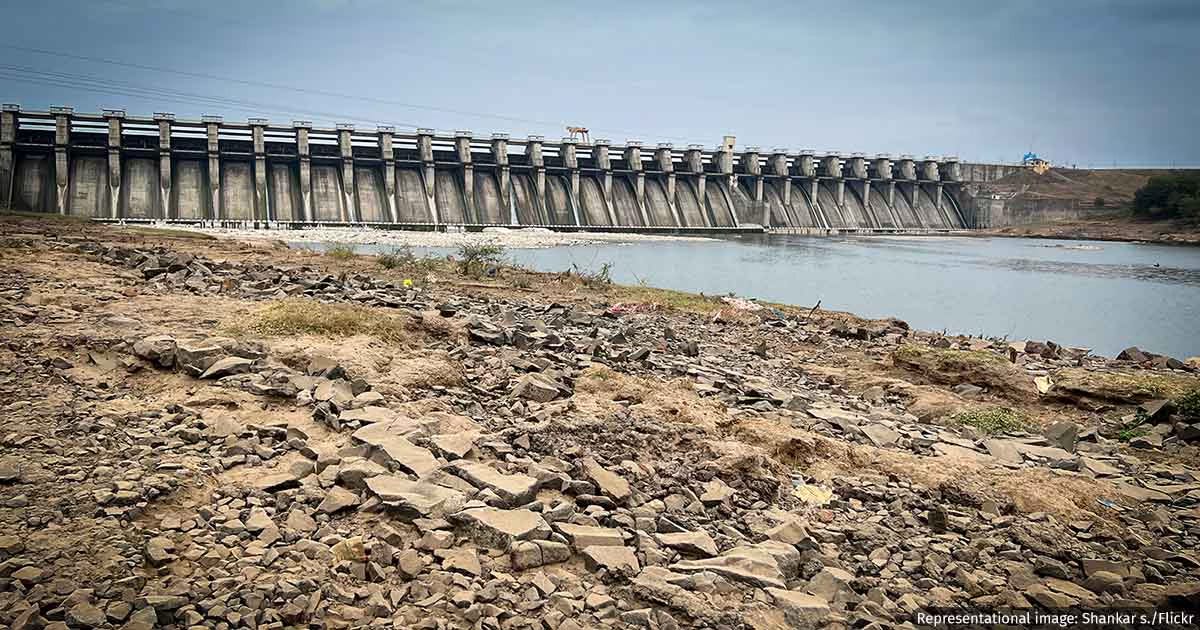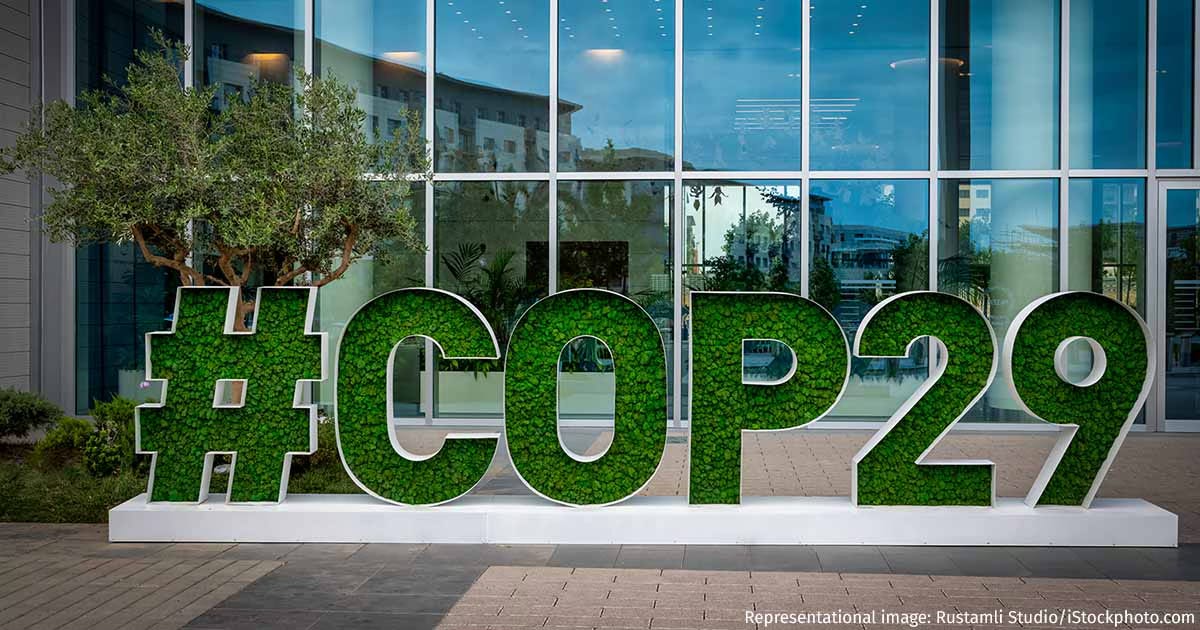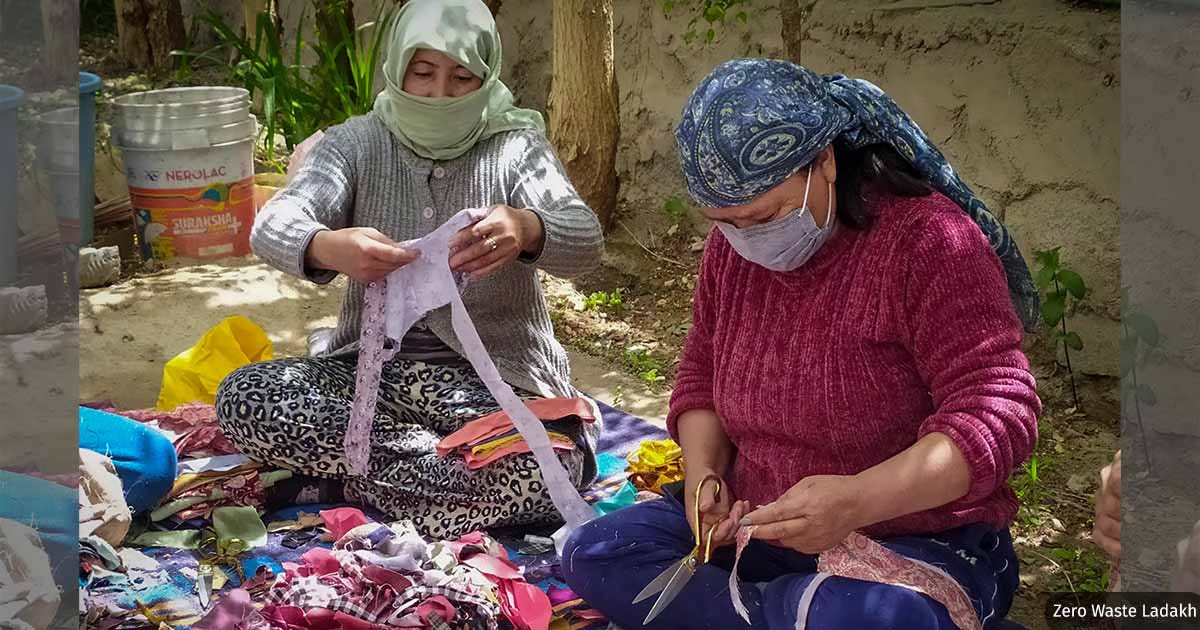Water Crisis Deepens for Marathwada Farmers Despite Multiple Dams
Also this week, the expectations from COP29 and India's burgeoning textile waste problem
Maharashtra has over 2,100 dams, the most of any state in India. And yet, back in February, the state government announced that 66 per cent of the state is affected by drought after the 2023 monsoon cycle.
The Parbhani district of Marathwada is a classic example. It is home to the Jayakwadi Dam, Asia’s largest earthen dam. And yet, farmers in the dam's command area tell IndiaSpend that they lack reliable access to water from the dam, even as groundwater levels have fallen by 400 feet or more in recent times.
This is symptomatic of a broader issue across Marathwada, where irrigation systems built ostensibly to help farmers have largely failed. The region is plagued by poorly maintained canals, siltation, and inadequate water distribution. Despite its 2,100 dams, less than half of the expected irrigation potential has been realised, studies show.
The crisis is exacerbated by the dominance of water-intensive crops like sugarcane, which consume vast amounts of water and end up depriving other crops. Government schemes to alleviate water scarcity, such as farm pond subsidies and rainwater harvesting, have failed to address the root causes, with critics arguing that they deplete groundwater and worsen scarcity in nearby areas, Varsha Torgalkar reports.
Dams and irrigation projects bring no respite for Marathwada farmers
Developed nations under scrutiny at COP29
As the COP29 climate conference unfolds in Azerbaijan, the pressure is mounting on developed nations to ramp up their climate ambitions.
Three countries—the UAE, Brazil, and the UK—have submitted updated plans, known as Nationally Determined Contributions (NDCs 3.0), ahead of the February 2025 deadline. The rest are yet to be heard from.
The primary point of contention at COP29 has been the issue of climate finance—how much the developed countries should give, and how much developing countries like India should receive, to combat and adapt to the effects of climate change.
While the two groups wrangle, the climate crisis is rapidly approaching a point of no return. 2024 is on track to be the warmest year on record, with the global average temperature 1.54°C above pre-industrial levels. Extreme weather events, such as droughts, heatwaves, and storms, are increasing in frequency and severity. In India, nearly 94% of the country’s days in 2024 have been marked by extreme weather events, including heat stress, which has caused significant damage to lives and livelihoods.
Despite all of this, global emissions are not on track to meet the targets needed to avoid catastrophic climate impacts. According to the UNFCCC's NDC Synthesis report, global greenhouse gas emissions in 2025 are projected to be almost the same as in 2019, and while emissions are expected to fall slightly by 2030, the pace of reduction remains insufficient to meet the Paris Agreement’s 1.5°C goal.
Developing nations like India have called for greater leadership from the developed world. With the G20 countries responsible for 77% of global emissions, it is essential—India and other countries have argued—that wealthy nations take the lead in reducing emissions and providing financial support to the Global South.
For more on this crucial conference, read Tanvi Deshpande’s report:
What India Expects From The Developed World's Climate Plans
The Growing Concerns around Textile Waste
India's textile industry contributes significantly to the economy (2.3% of GDP and 13% of industrial production)—but it also generates approximately 7.8 million tonnes of textile waste annually, making it one of the world's top three waste producers in this sector.
While India established its recycling industry in the 1990s and has a strong mechanical recycling foundation, 17% of textile waste still ends up in landfills.
Various initiatives across the country are working to address this issue through circular economy approaches. Organizations like Goonj, SilaiWali, and Zero Waste Ladakh are leading efforts to repurpose textile waste into valuable products while providing employment opportunities.
The problem, however, is that India lacks a comprehensive government policy on textile waste management, though recent collaborations with UNEP and other initiatives show promising steps toward sustainability. An in-depth report by Azera Parveen Rahman on a relatively unnoticed problem:





